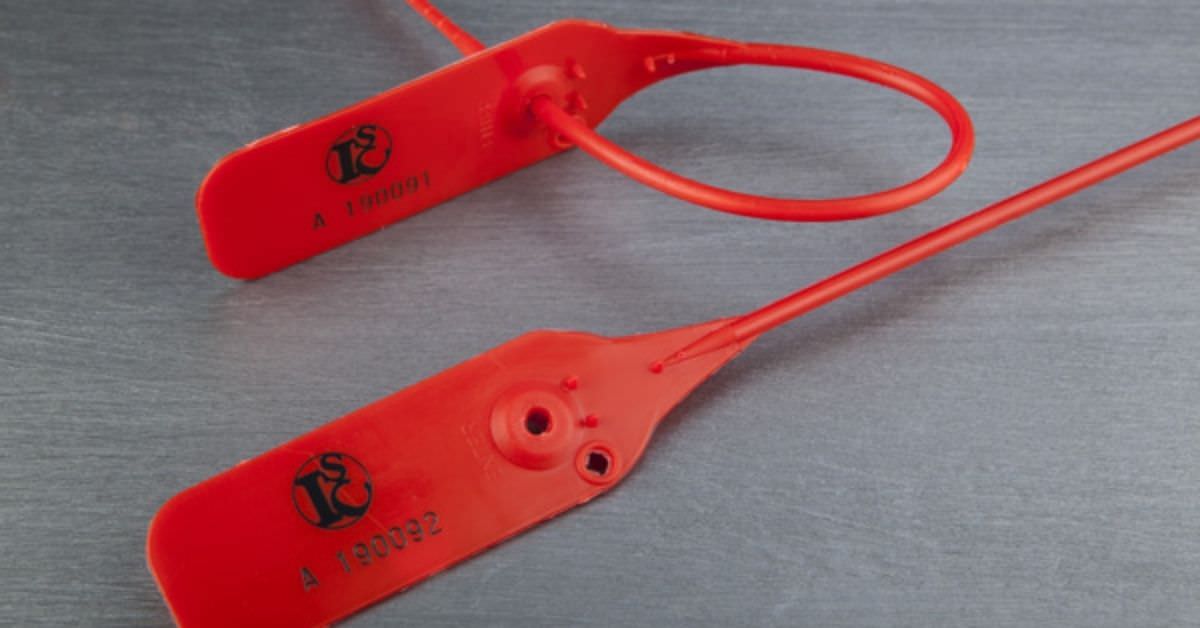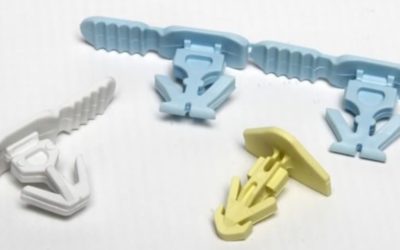Definition of ‘Protocol
‘The accepted code of behaviour in a particular situation, i.e. the chain of custody’.
To implement a successful seal protocol, the seal specification must suit the application & risk profile. Using detailed procedures to support the use of uniquely numbered seals and compliance must be encouraged – A seal is not a product, it is a process!
1. Procurement
The procurement & control of seals should be done by an authorised person / department. The seals must be procured from a compliant, reputable supplier.
2. Receiving
Seals must be registered / scanned into a database system (if applicable) by the responsible person as “received seals”.
3. Storage
Seals must be securely stored and must not be accessible to unauthorised staff to prevent theft, fraud & possible incidents of pre-tampering.
4. Issuing
An authorised person should be in charge of the seal issuing, implementation of a seal register. Issued seals must be issued against a person’s name & signed for.
5. Training
Staff should be trained on seal type, colour, markings, coding, number ranges, how to use seals correctly, identify tampering and paperwork completion.
6. Auditing
Returned seals – un-used, tampered, swapped out, defective, alien, should be returned to the issuing party / person for recording in the seal register. Accurate record keeping is essential.
7. Disposal
Used seals should be kept for some time as evidence in the event of an incident requiring investigation. In the absence of any incidents, seals should be used, damaged or destroyed before disposal.
8. Action Policy
An action policy should be in place to deal with cases of tampering including details of the tampering incident, relevant evidence and process to correct the
problem.



